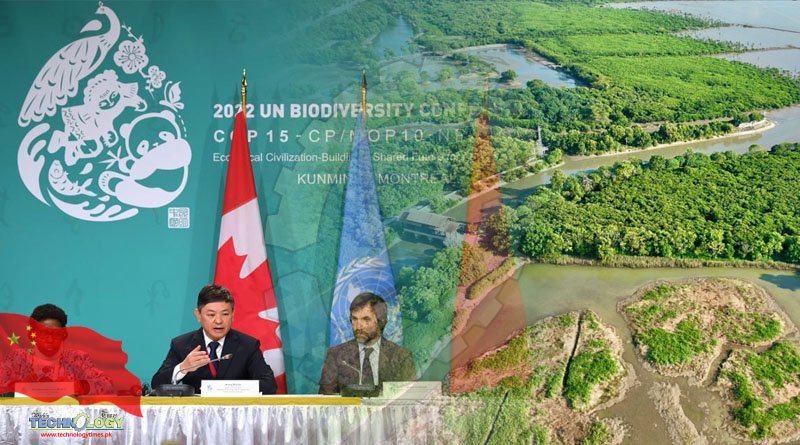UN has named the Shan-Shui Initiative of China as one of the world’s ten most innovative ecosystem restoration projects, honouring it as a World Restoration Flagship.

The Shan-Shui Initiative of China combines 75 large-scale ecosystem restoration projects spanning the world’s most populous country, from mountains to coastal estuaries. 3.5 million hectares of land have been restored. The target for 2030 is 10 million hectares. All of them include biodiversity objectives.
The United Nations has named the Shan-Shui Initiative of China as one of the world’s ten most innovative ecosystem restoration projects, honouring it as a World Restoration Flagship.
Launched in 2016, the Shan-Shui Initiative results from a systematic approach to restoration. Projects work at the landscape or watershed scale, include agricultural and urban areas as well as natural ecosystems, and aim to boost local industries.
One of the Initiative’s projects is the Oujiang River Headwaters Project in Zhejiang Province, which combines scientific knowledge with traditional farming methods, such as slope terracing and combining crops with fish- and duck-rearing, to make land use more sustainable.
As part of their commitments to the Paris Agreement, the Aichi targets for biodiversity, the Land Degradation Neutrality targets, and the Bonn Challenge, countries have already promised to restore 1 billion hectares, an area larger than China.
However, little is known about the restoration’s progress or quality. The Framework for Ecosystem Restoration Monitoring, the UN Decade’s platform for tracking global restoration efforts, will closely monitor the progress of all ten World Restoration Flagships.
The winning initiatives were announced at the UN Biodiversity Conference COP15 in Montreal and have been designated as World Restoration Flagships, making them eligible for UN-backed promotion, advice, or funding.
They were chosen as part of the United Nations Decade on Ecosystem Restoration, a global initiative coordinated by the United Nations Environment Programme (UNEP) and the United Nations Food and Agriculture Organization (FAO). It is designed to prevent and reverse the degradation of natural spaces across the planet.
The ten flagship projects aim to restore more than 68 million hectares of land, an area larger than Myanmar, France, or Somalia, and to create nearly 15 million jobs.
The UN Decade on Ecosystem Restoration seeks to honour the best examples of large-scale and long-term ecosystem restoration that embody the 10 Restoration Principles of the UN Decade on Ecosystem Restoration by revealing the World Restoration Flagships.
“Transforming our relationship with nature is the key to reversing the triple planetary crisis of climate change, nature and biodiversity loss, and pollution and waste,” said UNEP Executive Director Inger Andersen. “With political will, science, and cross-border collaboration, we can achieve the goals of the UN Decade of Ecosystem Restoration and forge a more sustainable future not only for the planet but also for those of us who call it home.”
“Inspired by these flagships, we can learn to restore our ecosystems for better production, better nutrition, a better environment, and a better life for all, leaving no one behind,” said Qu Dongyu, director general of the FAO.
Trinational Atlantic Forest Pact, Abu Dhabi Marine Restoration, The Great Green Wall for Restoration and Peace, Ganges River Rejuvenation, Multi-Country Mountain Initiative, Small Island Developing States Restoration Drive, Altyn Dala Conservation Initiative, Central American Dry Corridor, and Building with Nature in Indonesia are also among the inaugural World Restoration Flagships.
The UN Decade recognises the time required for restoration efforts to yield results. There will be regular calls for World Restoration Flagships until 2030. Additional submissions are being considered in anticipation of increased funding to the UN Decade’s Multi-Partner Trust Fund, including restoration efforts from Pakistan, Peru, and a Somalia-focused initiative.